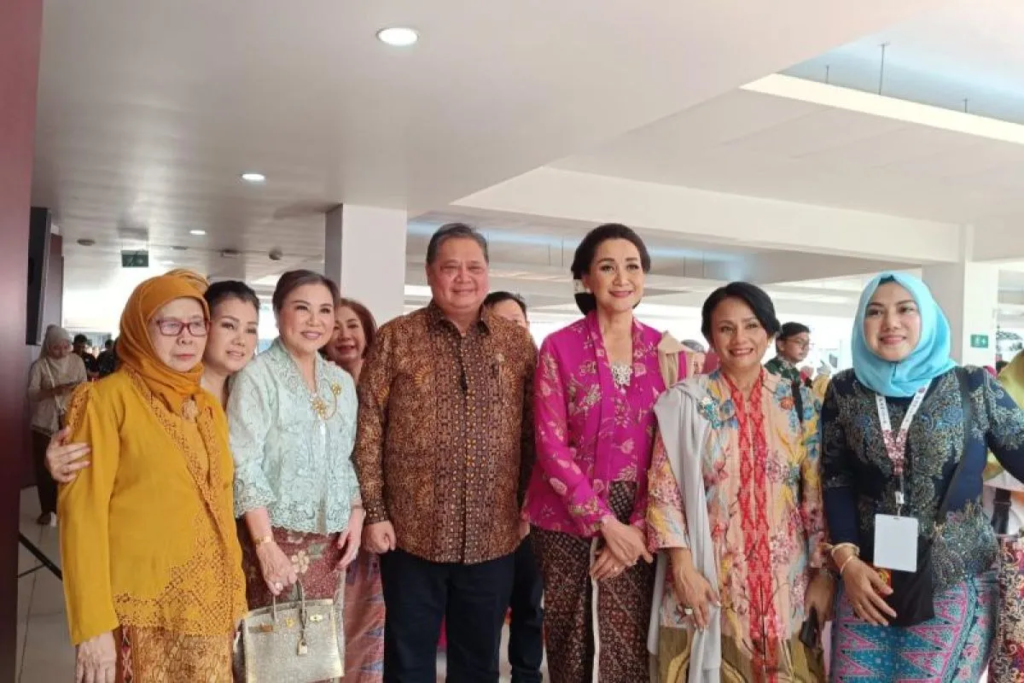
Indonesia’s Coordinating Minister for Economic Affairs Airlangga Hartarto has said that the kebaya (a traditional Indonesian blouse) has become a symbol of the people’s economy, with the kebaya industry using 100 percent local content.
“We see the kebaya not only as a national cultural asset, but also a symbol of the domestic clothing or textile industry because the kebaya industry has 100 percent local content,” he expounded while opening the Kowani Expo in Jakarta on Tuesday.
He noted that the kebaya and its accessories are made by hand using traditional or non-manufactured tools. The production of kebaya is also helping improve the economy of the community, especially women.
“Kebaya is not just clothing, but also a symbol of the people’s economy,” Hartarto said.
He then lauded Indonesian women for improving the nation’s economy through the production of kebaya and supporting accessories.
He again encouraged the kebaya industry to tap into the export market. The government is providing assistance to kebaya producers through the people’s business credit, under which loans of up to Rp100 million (around US$6,164) require no collateral.
“The government is providing funds of up to Rp270 trillion (around US$16.6 billion) to help MSMEs advance to class,” Hartarto said.
He then urged Indonesian women to improve their skills through pre-employment cards provided by the government. This would ensure that their skills remain relevant to current needs.
Meanwhile, general chair of the Indonesian Women’s Congress (Kowani), Giwo Rubianto Wiyogo, said that the Kowani Expo comprises a series of peak events ahead of National Kebaya Day, which would be marked at Istora Senayan, Jakarta, on July 24, 2024.
Wiyogo added that the National Kebaya Day is being observed for the first time this year, in line with Presidential Decree 19 of 2023 concerning National Kebaya Day. It will be themed “Preserve Culture by Proudly Wearing Kebaya.”
“HKN itself aims to introduce and re-echo the kebaya as part of the history of the struggle of Indonesian women to increase the form of love and pride in the identity of the nation and the Motherland,” she said.
It also aims to preserve cultural heritage by making the kebaya a symbol of creativity, without eliminating its standard value, as well as promoting it as a formal attire for occasions.
She further explained thatkebaya promotion can also increase efforts to empower women and the nation’s economic growth. This is because, through the implementation of National Kebaya Day, a number of MSMEs claim to have recorded an increase in sales of kebaya products and supporting accessories.
“Through kebaya, Indonesian women can move up in class and become more advanced,” she said.
At the peak of the HKN commemoration, eight legendary kebayas from the collection of Mrs. Tien Soeharto, the wife of the second Indonesian president, Suharto, will also be displayed along with their fabrics.
The HKN implementation will be attended by a number of officials and enlivened by the participation of more Indonesian women from various professions.